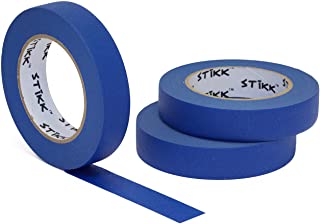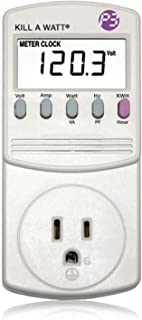This is an old revision of the document!
Table of Contents
Cardboard Aided Design
Cardboard Aided Design1) is a method to model a van's living space2) at actual scale. It is a mock-up you can stand in, sit in, live in. it does not require one to actually own a van yet. The area is marked off and actual objects or cardboard mock-ups are moved into the space.
A similar scale model idea is expressed by lennyflank when he, perhaps jokingly, advises mildly interested newcomers to “live in your bathroom for a month.”
defining the space
 The first step is to mock up the van's cargo area3) on the floor using painter's tape or other non-permanent method. The tape will prevent cheating and wishful thinking about what will actually fit in the space – the tape edge is the steel walls of your van.
The first step is to mock up the van's cargo area3) on the floor using painter's tape or other non-permanent method. The tape will prevent cheating and wishful thinking about what will actually fit in the space – the tape edge is the steel walls of your van.
Full size cargo vans usually have living spaces ~10ft for regular wheel base4) and ~12ft for long wheel base5). Extended body vans can be even longer. The cargo area is typically ~6ft wide. Mini-cargos have living areas around 6.5ft x 4.5ft. See actual interior dimensions for your intended platform.
If the “van” is taped off in a corner of a room you can also tape off the planned height of the cargo area by sticking tape on the wall[s].
Standing/sitting/lying in the tape “van” can help your mind start adjusting to the very real space restrictions you will face. For best results, spend as much time as you can in the cardboard van.
arranging objects
Once the van floorspace is established you can start moving real or mocked-up objects into it, and moving them around to see what works. It is easy and fast to learn what works at this stage; so work through any idea you might have.
Ideas:
- Everything that is going with you must fit in this bathroom-sized space. Seriously. Your van's steel walls will not let you cheat. Your van doesn't care what you want to bring.
- start moving your possessions into the space. Realize how much stuff has to go.6).
- make aggressive use of vertical space
- Have a cot? Move it in. Put your actual storage solutions under it if they will fit.
- put a Home Depot bucket in there – it will either model the toilet or be the toilet later on

- stack your actual rubbermaid bins (food, clothes, cooking gear, hygiene, etc)) or other storage in place. Label them. Start putting your stuff in there.
- use cardboard boxes7) to represent any medium or large objects you don't have yet: fridge, battery bank, charge controllers, water jugs, etc. Use a marker and write “fresh water jug” or other apprpri
- sawhorses can hold up galley surfaces, bed decks, or other horizontal spaces. Later during the build you can use the horses for their actual carpentry purposes.
power in the "van"
 If you are going to run 120vac (inverter) loads, get a power strip and plug it into a kill-a-watt meter. Note what every device draws, and how much power you consume every 24hrs. Add 10%-20% for inverter losses, depending on which inverter you buy.
If you are going to run 120vac (inverter) loads, get a power strip and plug it into a kill-a-watt meter. Note what every device draws, and how much power you consume every 24hrs. Add 10%-20% for inverter losses, depending on which inverter you buy.
For 12v loads, get your bank set up and charge it only in the daytime. At night it gets drawn down just like in a real van when the sun goes down and the solar stops working.
live in the "van"
Spend as much time as possible in the mocked-up van. Sleep in the bed. Set up your laptop and do your surfing/email/etc from there. It may seem silly but it will help your subconscious work on issues that remain, and bring good ideas to the surface. The reality of your upcoming physical constraints will rest fully upon you.
If safety and ventilation allows, you may want to try cooking from the ingredients you have stored in your tape van's “pantry”. If the blinds are closed you may want to try out a sink- or wet-wipe bath.
carry a tape measure
You will become more and more aware of spatial relationships. Start carrying a tape measure so you can reality check any items you find at thrift stores, garage sales, or retail and are considering putting in the van.
Write down any particular dimensions you need to remember: your bed height, your chair height, your bed height, space where containers have to fit.

